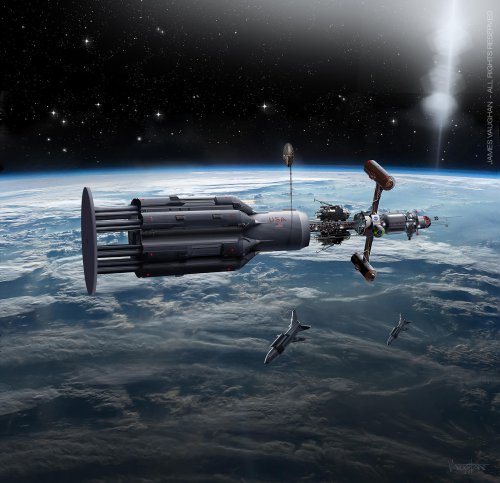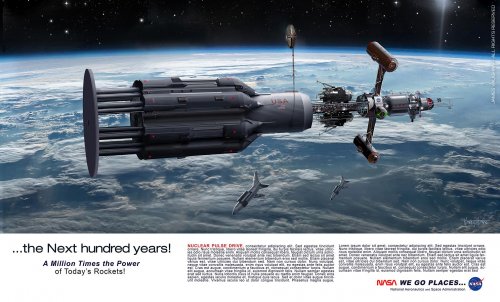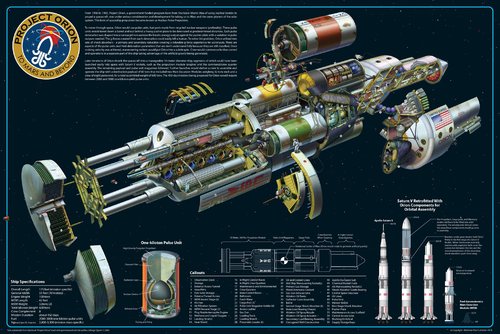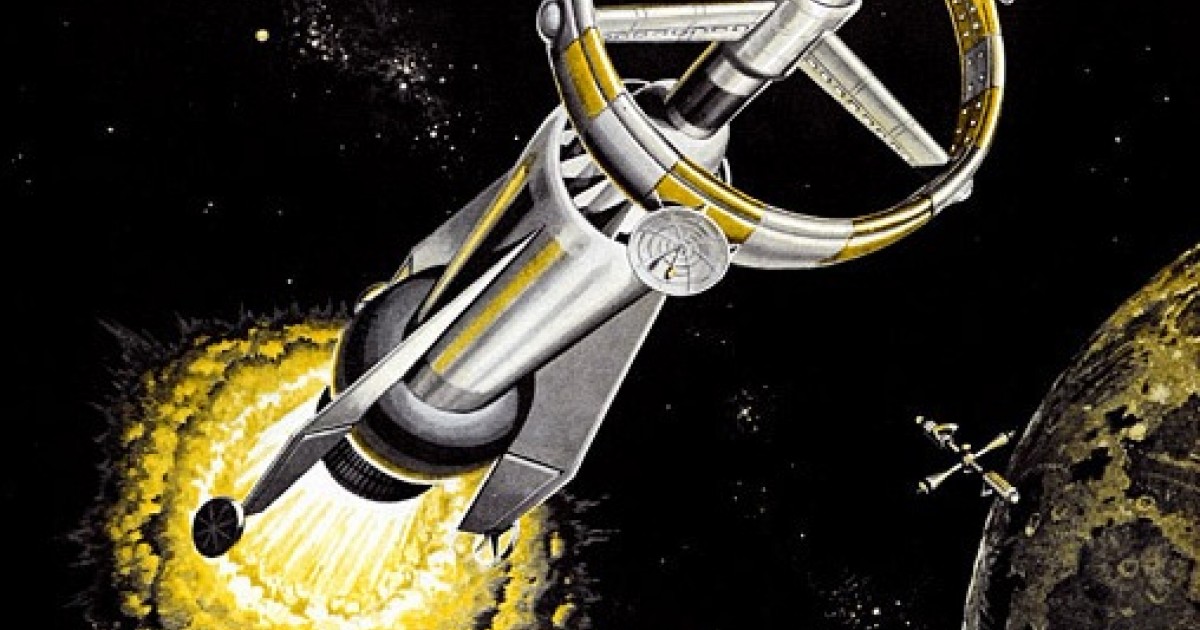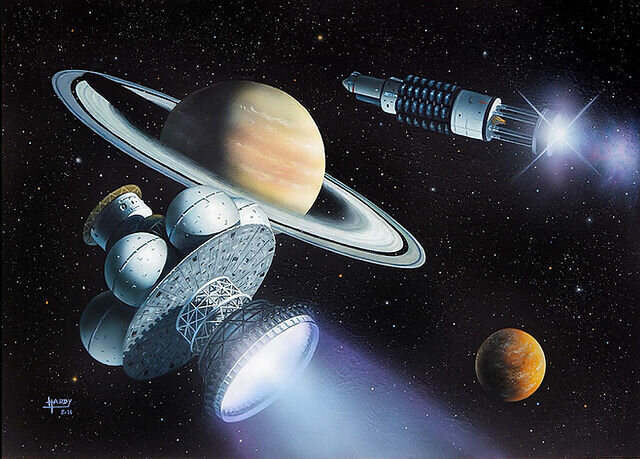Conclusions
Very large gain coefficients are to be expected in solids in contrast with the gas phase, due mainly to their high packingdensities[ 51. While the 4 ‘r emission can be efficiently stimulated in solid xenon and a large gain coefficient can be verified, these amorphous solids are not very useful as amplifier media because of the scattering losses that predomi- nate. Large rare gas polycrystals of excellent optical quality have previously been prepared for VUV laser applications [ 61. Such crystals could in principle be prepared with interstitial halogen dopants and exploited as laser media - a promotion of solid state rare gas halide exciplex lasers from the realm of sci- ence fiction [ 71 to that of science fact. In gas phase media, bound to repulsive type transitions are ide- ally suited as lasers. In solids, if the excess kinetic energy cannot be accommodated in the immediate trap site, permanent destruction of the lattice results and leads to highly scattering lossy media. This con- sideration is of little concern in the case of liquid phase exciplexes discussed in the following Letter [ 41.
Despite the poor performance of these amorphous solids as gain media, emission can be effectively stimulated. This process then provides an effective means for the generation of hot, almost monoener- getic atoms in condensed media and therefore is use- ful for molecular dynamical studies related to energy transfer, diffusion and photomobility. A theoretical, molecular dynamics, study of CIZ photodissociation in rare gas solids was recently reported [ 8 1. Stimu-lated radiative dissociation should be an ideal scheme for preparing the fast atoms to test the different, pre- dicted modes of energy accommodation.
References
[7] M. Gundersen, scientific consultant to Real Genius (film, 1985), private communication


